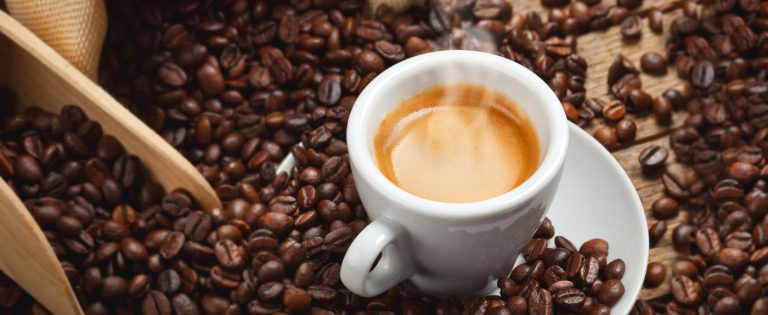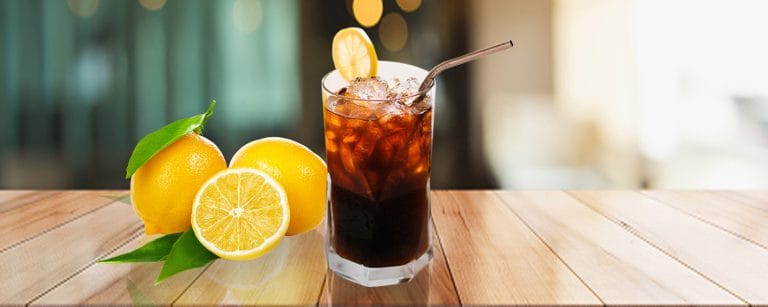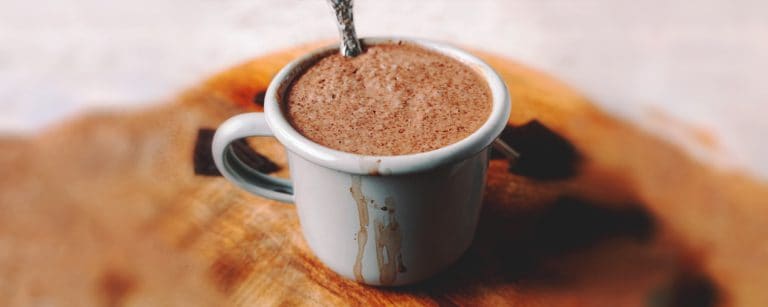Coffee vs Espresso: What’s the Difference in Brewing Them?
The terms coffee and espresso are confusing, and many people mix them up.
Here are some words of wisdom: All espresso is coffee, but not all coffee is espresso.
If that gets you even more confused, you’re not alone.
The term “Coffee” is used in the USA to denote drip coffee made by drip coffee machines. In contrast, espresso is a totally different type of coffee beverage brewed by an espresso maker.
In this article, I’ll delve into the intricacies of both brewing techniques to help you understand the difference, and decide which one suits your tastes and preferences.
So grab a mug of your favorite brew and let’s get started.
Comparing Drip Coffee & Espresso
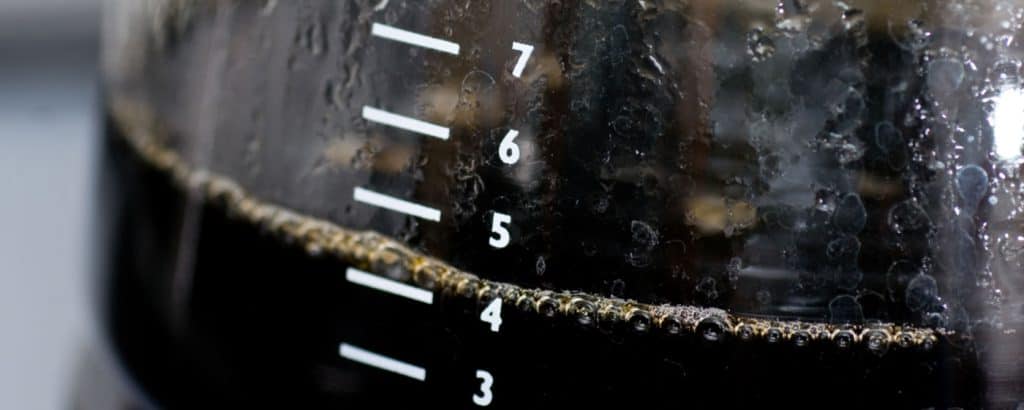

“Coffee”, which in this context means drip coffee made by a drip machine, has become a classic for good reason. It was invented in the 19th century, but was popularized at the beginning of the 20th century, when the paper filter was invented. With an automated brewing process, the machine pours hot water over the ground beans at a steady pace. Gravity pulls the water through the ground coffee beans, allowing the flavors and aromas to infuse into the water as it drips through the filter. The resulting beverage is a 6-8 oz mug of “coffee”, as it is called in the US. Other countries call it “long coffee”, “drip coffee”, and “American coffee” (but mind you, not americano, that is different).
On the other hand, espresso is a 1 oz shot of concentrated coffee, that also got it’s start at the beginning of the 20th century. This method uses finely-ground coffee that is tightly packed into a portafilter. Hot water is then forced through the grounds under high pressure (9 bars) to extract the best flavors and oils from the beans.
The resulting beverages are vastly different. Using the same amount of coffee beans, let’s say 18 grams, you will get 1 oz of espresso, while you will get 6-8 oz of coffee.
Here are the factors to consider when picking between the two brewing methods, followed by a detailed comparison of each feature:
| Features | Drip Coffee | Espresso |
|---|---|---|
| Taste & Flavor | Simple yet smooth, strong | Potent and rich, with crema |
| Strength | Adjustable | Concentrated and strong |
| Ease of Use | Highly automated, no practice | Requires skill and practice |
| Brewing Speed | 5-10 minutes | 2 minutes |
| Versatility | Limited customization | Highly customizable recipes |
| Durability & Portability | Varies based on quality | Varies based on quality |
| Sustainability | Consumes electricity, waste | Consumes electricity, less waste |
| Cost | A wide price range starting at $25 | Generally more expensive from $100 |
Taste, Flavor, & Strength
Starting off with taste and strength, drip coffee can be best described as simple yet smooth. It is a longer beverage that many people sip on for a long time. I would call it the simplest form of coffee. As for its strength, it is much less potent than espresso, but you can adjust it by modifying the coffee-to-water ratio or choosing a different roast level.
On the other hand, espresso is an entirely different ball game. This concentrated coffee’s taste and flavor profile are very potent and can really perk you up during the day. Espresso also boasts a beautiful crema on top which gives it an extra richness that no other brewing method can exactly reproduce. This is why espresso is often served with sparkling water, so you can reset your palate to really appreciate its flavors.
Finding the better-tasting coffee between the two is a pretty subjective process. But if you were to ask me, espresso coffee has a lot more to offer in terms of flavor and strength.
Ease of Use
Another concern when choosing a coffee maker is how easy it is to use. Drip coffee is an incredibly popular method known for its convenience and simplicity.
With a drip coffee machine, you just grind your beans medium-coarse, put them in a coffee filter (paper, metal, or cloth), and let the machine do its thing. It’ll reach the optimal water temperature of 195°F to 205°F, start dripping the water on the grinds, and voilá, coffee drips into your carafe.
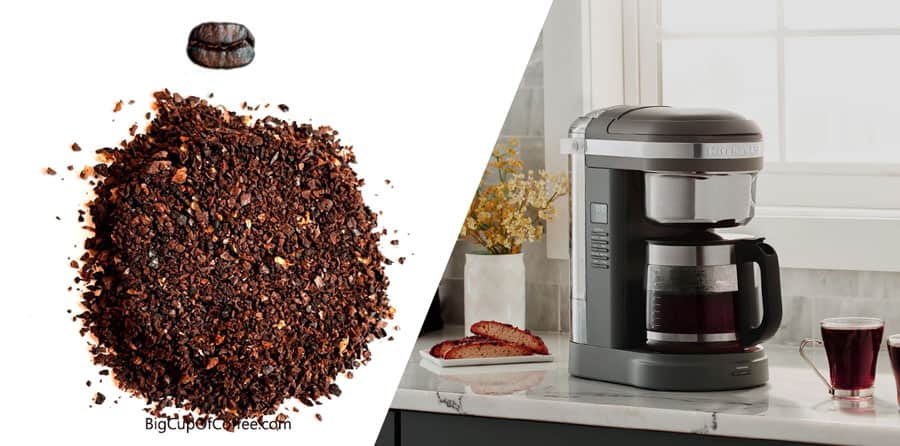
In contrast, espresso requires significant practice and skill. Perfectly dialing in an espresso shot isn’t an easy task since it’s always different depending on beans, roast level, temperature, and other factors. With enough mastery though, pulling shots can be second nature to you.
Making espresso requires you to put finely ground beans into the machine’s portafilter, tamp it properly, and connect it to the machine which will run water at 190°F to 200°F through it in high pressure. Click here for my simple guide on how to pull an espresso shot or two.
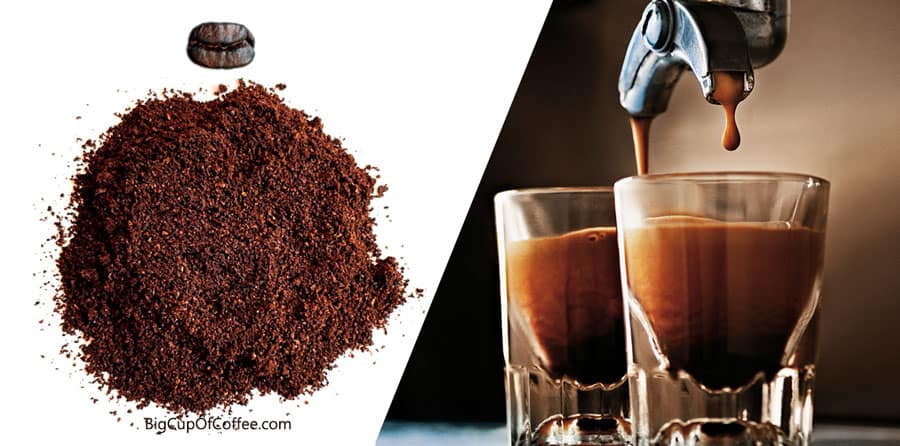
Overall, drip coffee is the clear winner in this category. With its highly automated process, you can consistently make good coffee right away with no practice needed.
Brewing Speed
We know which brewer requires less effort, but which one would take less of your time?
Drip coffee’s convenience seems to compromise speed, as it takes about 5 to 10 minutes in total to make, from grinding to brewing and cleaning up. You can clean your drip coffee machine by washing removable parts like the carafe and its reusable filter if applicable.
In comparison, an espresso machine can make coffee faster, taking about 2 minutes maximum from grinding to pulling your shot and cleaning afterward. What’s impressive is that pulling an espresso shot or two only takes 25 to 30 seconds if the shot is dialed in correctly.
Cleaning your espresso machine after every use is as easy as wiping your portafilter and basket. Just note that both the espresso machine and drip coffee machine require occasional descaling to remove any unwanted residue buildup.
Versatility
Another important factor is your brewer’s versatility. Drip coffee makers give you some control over the brewing process with their adjustable water-to-coffee ratio and brew time, while other factors such as water temperature, dispersion, and pre-infusion are automated. This makes it difficult to create customized cups of coffee. You can infuse the coffee with cinnamon and gingerbread spice, but that’s about it.
However, there are also precision drip brewers from brands such as Breville that make brewing more versatile, and allow you to make 3rd wave specialty coffee.
As for espresso, it is a highly precise process where you need to perfect the grind size, dosage measurements, distribution, tamping pressure, water temperature, and extraction time. All of which can influence your coffee. You can also alter recipes to make a ristretto or lungo shots.
On top of that, you can also introduce milk to your espresso to create a variety of beverages such as latte, cappuccino, and macchiato just to name a few.
In terms of size flexibility, drip coffee machines come with a variety of capacity options to cater to different needs:
- 4 cups
- 6 cups
- 8 cups
- 10 cups
- 12 cups
- 14 cups
Espresso machines are limited in this regard, allowing you to pull one or two shots in one brewing, with each shot equal to an ounce of espresso.
In short, espresso machines offer more versatility in customizing your drink while drip machines give you more flexibility on the amount of coffee you can make in one go.
Durability and Portability
Comparing the durability and portability of both brewers is quite tricky as they vary in materials, sizes, and weights.
A drip coffee machine is made out of metal and plastic, and since it’s an electric appliance, its quality is reflected by its price. You get what you pay for with cheap coffee machines, vs the higher-end models, which are much more durable and can last long.
Meanwhile, commercial-grade espresso machines are often built with heavy-duty materials that can withstand the demand of busy cafes and restaurants, but smaller home models may not be as durable, especially if they are made from low-quality materials.
Portability-wise, both the home espresso machines and drip coffee machines come in small sizes that are easy to move around the kitchen when needed, but neither is ideal for travel.
Sustainability
It’s also important to consider how eco-friendly your coffee is. Drip coffee makers and espresso makers are similar in this regard, since they both consume considerable electricity and are manufacturing heavy products, which does not make them particularly eco-friendly.
Then you also have to consider the waste it generates, from paper filters to the drip machine itself, because cheap models tend to break more easily and ultimately end up in landfills. This happened to my very first drip coffee machine. I didn’t take quality into consideration and bought the most affordable one I could find right out of college. Unfortunately, it only lasted a few months and then to the trash it went 🙁
Some home espresso makers are now being built with energy efficiency in mind; like Breville’s ThermoJet espresso makers, which can heat up in just 3 seconds.
So if it’s sustainability you’re looking for in a brewer, while both methods require energy consumption, the espresso is the more eco-friendly option.
Cost
Let’s talk about costs now.
Drip machines have a wide range of prices, which can be as low as $25 while high-quality models can go up to hundreds of dollars. You also need to consider the cost of single-use filters, since it’s a recurring expense.
Espresso machines are generally more expensive, ranging from around $100 to several thousands of dollars. On the flip side of this hefty price tag, the good thing is that they don’t require disposable filters when you make coffee.
So if you’re a bit tight on the budget, then the drip machine is the better choice between the two. However, do note that you get what you pay for, so if you’ve decided on a drip coffee machine, opt for a high-quality model that will last longer, like the Breville Precision Brewer.
Drip Coffee and Espresso – Weighing the Pros & Cons
Now that we’ve gotten a closer look at the features of each brewing method, here’s a quick overview of the pros and cons of drip coffee and espresso so you can finally decide which one is for you:
| Brewing Method | Pros | Cons |
|---|---|---|
| Drip Coffee | – Quick and convenient to use – Affordable for an electric brewer – Does not require your attention when brewing | – Less control over the brewing process – Not portable – Not eco-friendly manufacturing |
| Espresso | – Produces highly-concentrated coffee with crema on top – Very fast to produce – Can be used for numerous recipes | – The espresso machine is not portable – Generally expensive – Requires finely ground coffee beans – Dialing in the espresso requires expertise |
You can also check out more of my comparison articles between drip coffee and these brewing methods:
Here are the comparisons between espresso and other brewing methods:
Summary
So if you want a simple brewer that wouldn’t break the bank, then go for a drip coffee machine, but if you prefer a faster method that’s also sustainable and versatile, then an espresso machine might just be right up your alley. If you like the taste of espresso, of course.
You may also be tempted to try a Nespresso capsule machine, but I would urge you to read my comparison of pod vs espresso machines first.
Personally, I lean towards the espresso because it offers a unique drinking experience and I really enjoy making cafe-level drinks with my own espresso machine.
Which brewing method suits you better? Let me know in the comments below.






